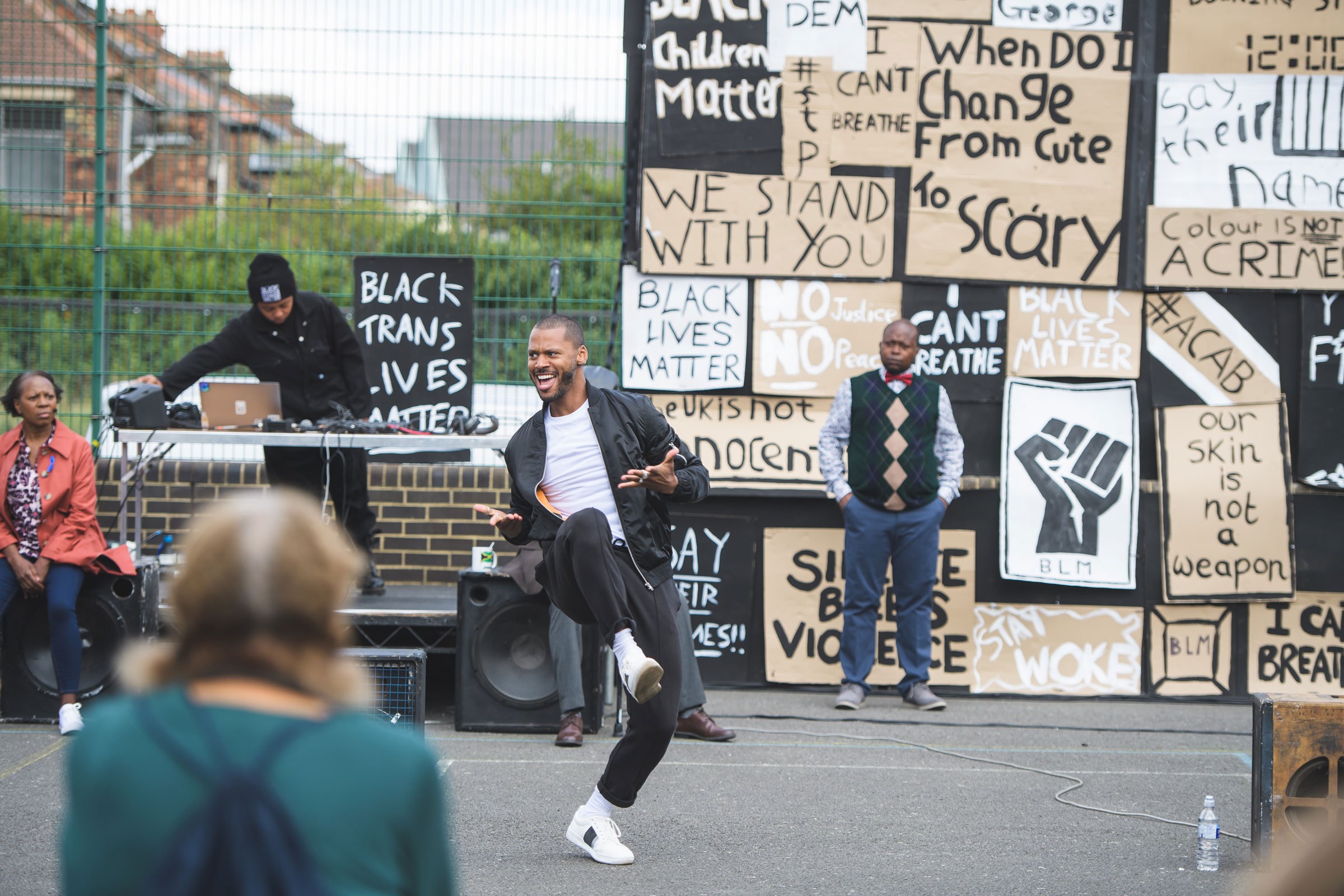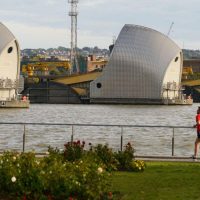
Heritage and history
Celebrating 100 years of the Royal Docks
On 8th July, it will be 100 years since the Royal Docks were completed – so much has happened, and yet we’ve barely begun.
The Royal Docks turns a century old this year. On 8th July 2021, to be precise, it will be a century ago that the final of the three Royal Docks, King George V, was completed in an incredible feat of engineering: handling the biggest ocean liners of its day, it had a 225 metre-long lock with an entrance big enough to later accommodate the 35,655-ton RMS Mauretania.
It is hard to overstate the significance these docks have had in shaping London. The Royal Docks secured its position as a global centre for trade and industry, connecting the world of commerce and opportunity to the capital. It was once the country’s gateway to the world, bringing in produce from across the globe.
Today’s Royal Docks is a very different place, but its global heritage will continue to play a vital role as we shape the future.
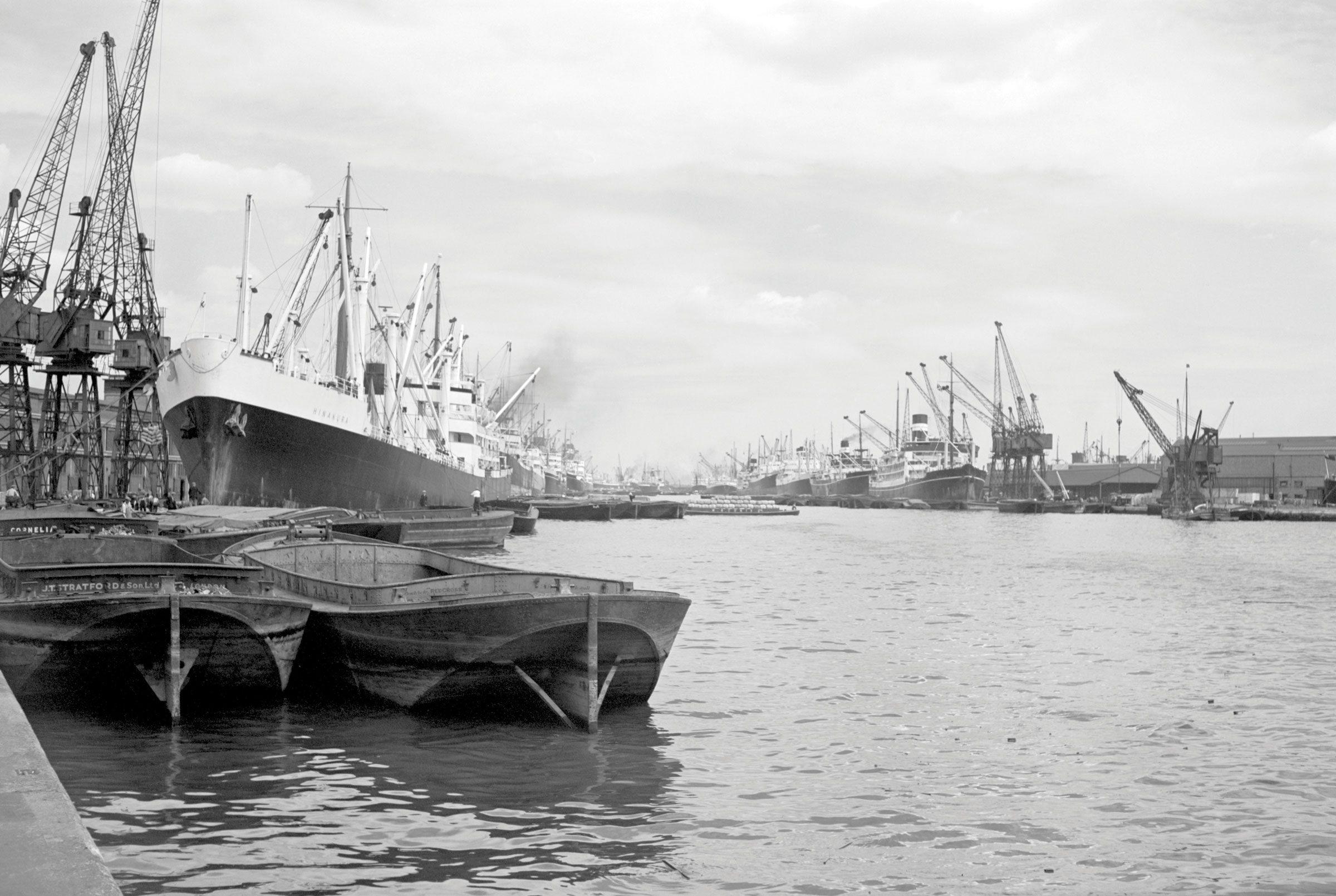
Grand ambitions from the start
When the Royal Docks were first built, London didn’t extend this far east – there was nothing here except for marshland. This made it easy to develop, as you could build warehouses and lay down railway tracks right up to the docks, connecting it to the rest of the country. These marshlands were the perfect place to take care of Britain’s shipping needs into the future: here, the river was wider and deeper, allowing new docks which were bigger than anything that had come before.
The Royal Docks formed the largest area of impounded water in the world when they were completed. But the port had been a lynchpin for ships moving in and out of London for a long time before the completion of the King George V. What was first known as Victoria Dock took five years to build and was finished in 1866, 66 years prior – the first London dock designed to handle steam ships. Construction continued immediately with Albert Dock, and both docks were given the prefix “Royal”. This second dock opened up an entrance for ships at Gallions Reach, saving them a four-mile journey up the river.
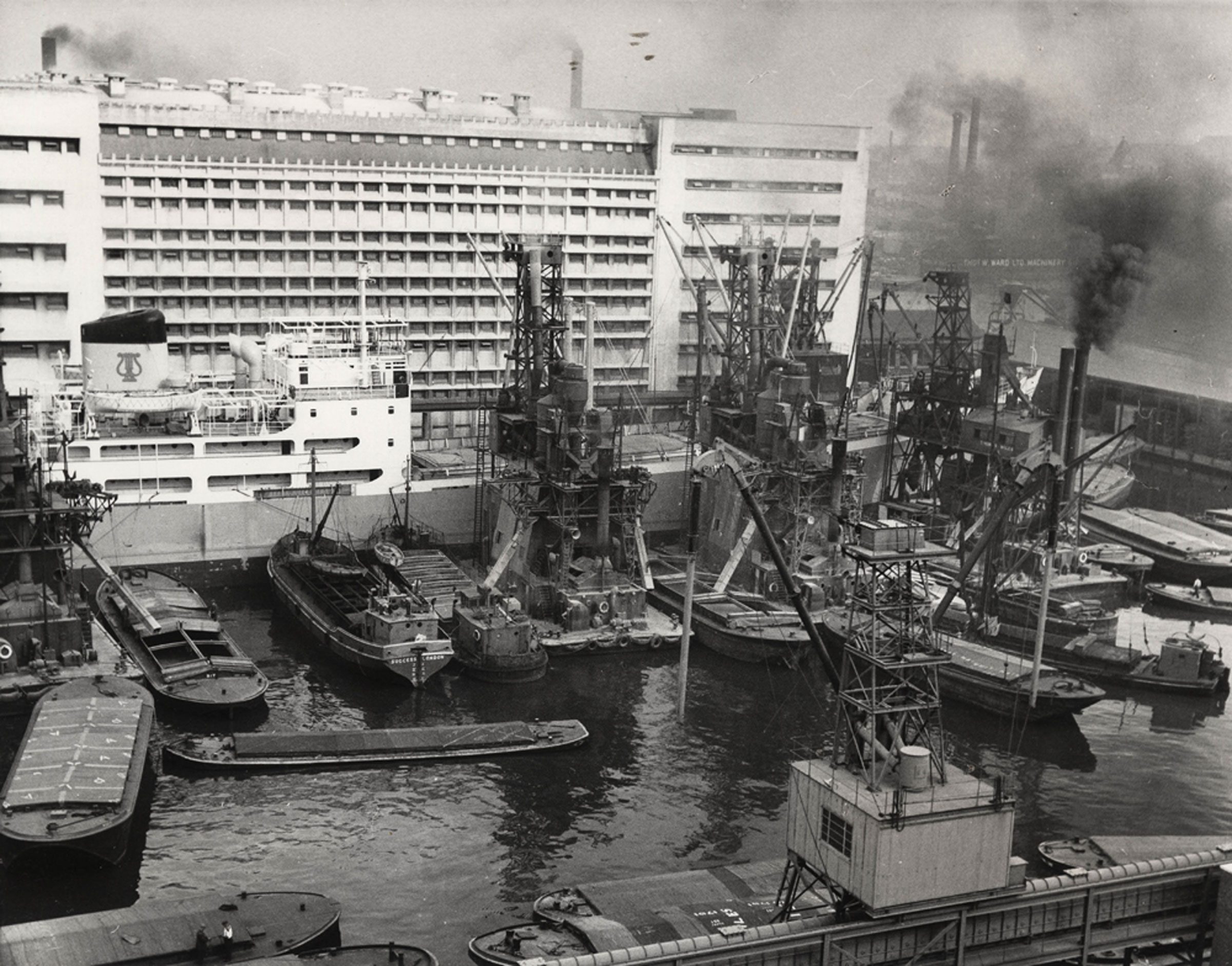
The hustle and bustle of those days was incredible: during the construction of Albert dock, there were between 2,000 and 3,000 workers on site until it was finished in 1880, with hydraulic cranes and steam winches to handle vessels up to 12,000 tons, lit by electricity so work could continue around the clock.
Looking to the future, the bustling activity of shipping has been exchanged for innovative businesses and creative production.
The completion of the King George V added 10% to London’s dock water – it was that large. The most modern dock in the world at the time, it had 49 cranes, dolphin berths where ships could be loaded from both sides at once, and two six-storey warehouses. But as big as it is, the King George V was meant to have been even bigger: what we have today is the ‘south’ dock. Marshland to the north was originally earmarked for a ‘north’ dock, but is now the neighbourhood of Beckton instead.
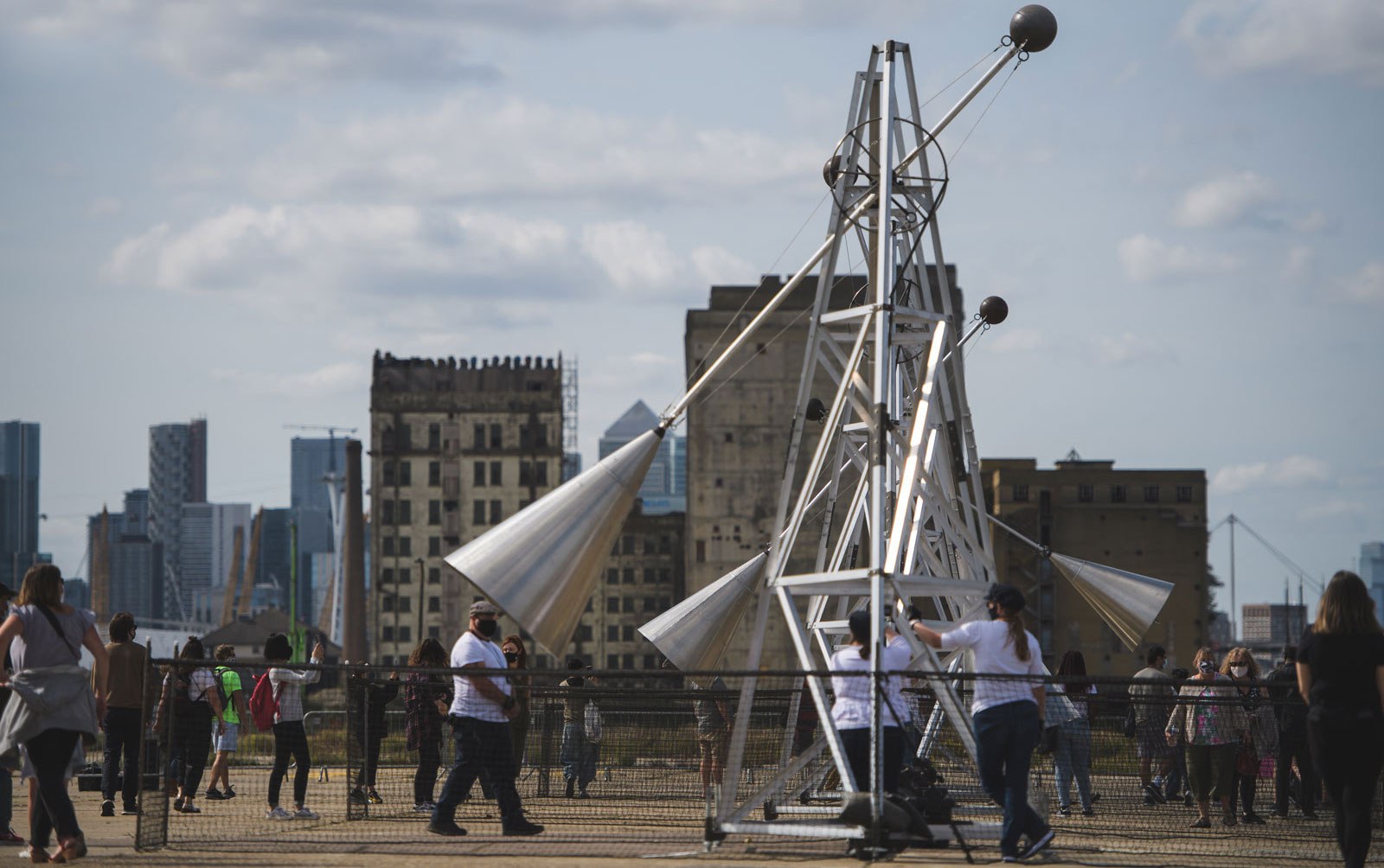
Ring Out was presented at Silvertown Square, in partnership with the Greenwich & Docklands International Festival.
Celebrating 100 years with a new, ambitious cultural strategy
The docks were key to feeding and fuelling Britain in their heyday, and a key point of arrival for hundreds of passenger ships. Endless loads of grain, tobacco, meat, fruit, and vegetables were unloaded in the Royal Docks and stored in the giant granaries and refrigerated warehouses. This bustling activity created jobs, which in turn created towns: new settlements included Hallsville, Canning Town, and North Woolwich, as well as new housing in what is now Custom House, Silvertown, and West Silvertown.
Looking to the future, the bustling activity of shipping has been exchanged for innovative businesses and creative production. With one eye firmly on the area's inspiring heritage, the excitement and optimism of that time is revived today as we look to the next century, and a new future that once more attracts people from all over the world and provides opportunities for local people.
This year will see the launch of our ambitious cultural strategy – this strategy draws its inspiration from the past and outlines our exciting plans for the Royal Docks as the cultural engine for London, playing a leading role in London’s prosperity and creating new pathways and possibilities for local people.
July also kicked off the Royal Docks summer programme with a wide range of events and activities, inspired by the incredible people and places of the Royal Docks.
It feels apt that the Mayor of London will be moving to the Royal Docks during this 100th anniversary year. We are embracing innovation, entrepreneurial spirit, and community to create opportunities for everyone, so the Royal Docks of the future can again be as buzzing as it was 100 years ago.
For more information about developments of the Royal Docks over the past 100 years, read our article on its history.
Last month we also teamed up with Newham Heritage Month with a programme of activities to celebrate the extraordinary history of the Royal Docks as it reaches this momentous milestone. Some of these are still available to experience online and this summer, the Royal Docks History Club has a few events in the works too. For a deep dive into the area's history, check out this video of the Royal Docks History Club’s talk show in June 2020 during Newham Heritage Month.
